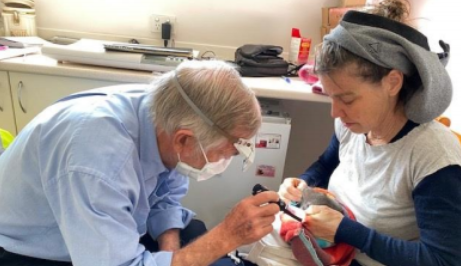PHIL’S CORNER
Perspectives from a Vet
When wildlife is injured, we often have to deliberate whether to use anti-inflammatories or not.
Inflammation is the second stage of healing and begins right after the injury when the wounded blood vessels leak transudate (water, salt and protein) causing localised swelling. When bones are broken, bones cell migrate down to the broken area.
Inflammation controls bleeding, prevents infection and allows repair cells to move to the site of the wound. It also allows damaged cells, pathogens and bacteria to be removed from the wound. White blood cells, growth factors, nutrients and enzymes create the swelling.
Heat, pain and redness are commonly experienced during this stage of healing. Inflammation is problematic if prolonged or excessive so anti-inflammatories should be used with caution, as a means of preventing swelling which could strangle blood supply and nerves.
Excess use of anti-inflammatories can be counterproductive, hindering the healing process which is why we always need veterinary advice for each individual injury.

